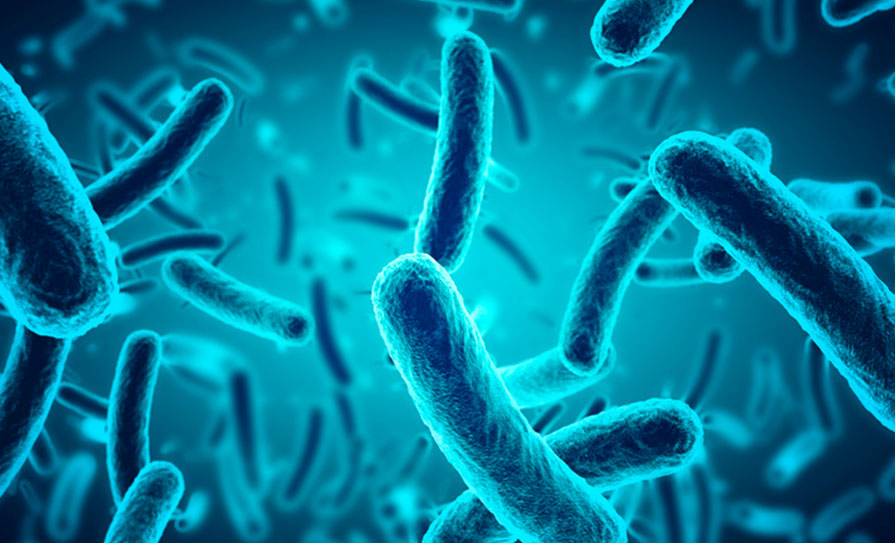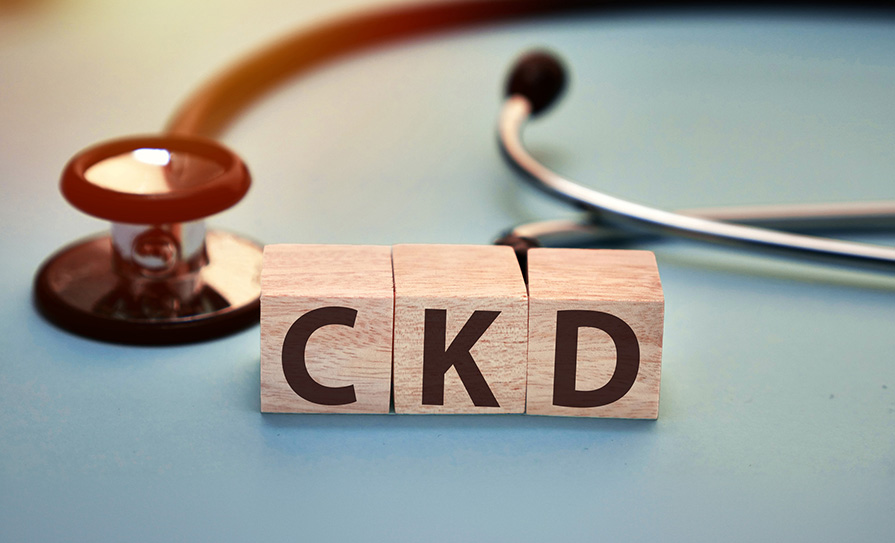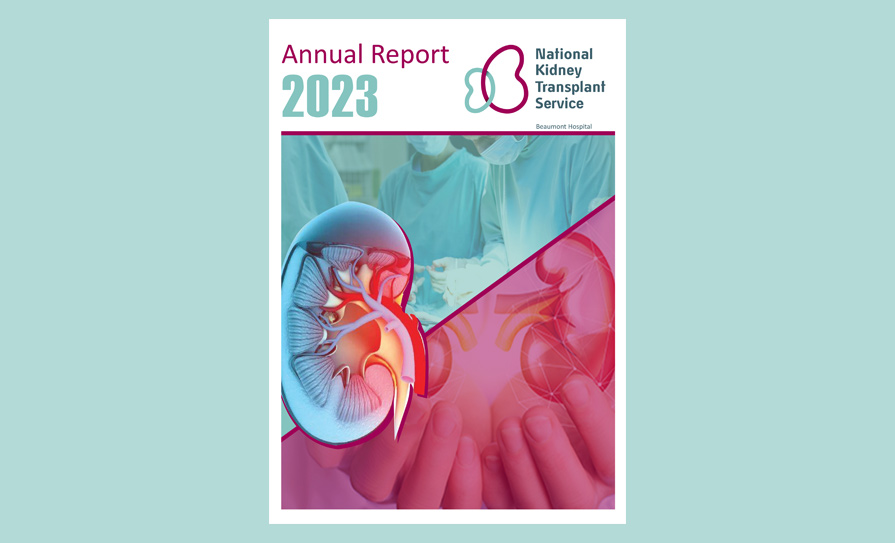A proposed national action plan to address the high rate of human verotoxin-producing E.coli (VTEC) infection has not been progressed to date, the Medical Independent has been informed.
A Department of Agriculture, Food and the Marine (DAFM) spokesperson said the proposed initiative was interrupted by the Covid-19 pandemic, but “will recommence in due course”.
In July 2019, a briefing note sent by the DAFM Chief Veterinary Officer to the Chief Medical Officer in the Department of Health warned the level of human VTEC infection was “unacceptable” and a large outbreak in the future was “a real threat”.
In 2022, VTEC notification rates in Ireland remained the highest in Europe at 19.3 per 100,000 population (992 cases), according to the national VTEC reference laboratory annual report.
In 2021, the overall notification rate in the EU/EEA was 2.2 per 100,000 population, according to data published by the European Centre for Disease Prevention and Control. The highest numbers of confirmed cases were reported by Germany and Ireland, which together accounted for 38 per cent of all reported cases in the EU/EEA. The highest country-specific notification rates were observed in Ireland (17.5 per 100,000), Denmark (15.9 per 100,000), Malta (13.2 per 100,000), and Norway (8.1 per 100,000).
VTEC (also called STEC) infection often causes gastroenteritis, enterocolitis, and bloody diarrhoea and sometimes a severe complication called haemolytic-uremic syndrome (HUS), particularly in children.
The primary natural hosts for VTEC in Ireland are cattle, with about 5 per cent estimated to carry the bacteria. There are a number of identified risk factors for human VTEC infection in Ireland, namely exposure to private well water; exposure to farm animals and their faeces; attendance at a childcare facility; and food-borne infection.
The Health Protection Surveillance Centre has indicated that the reasons for the high notification rate include sensitive surveillance and laboratory systems capable of identifying cases, especially in the context of childcare facilities.
Ireland also has the highest level of cattle per capita in the EU, which can contribute to a greater incidence.
In addition, a sizable proportion of the population is served by private water supplies, which would not be as secure from agricultural land run-off as larger or municipal water supplies.
Data on HUS cases indicate the burden of serious disease has remained relatively steady over the last decade.













Leave a Reply
You must be logged in to post a comment.